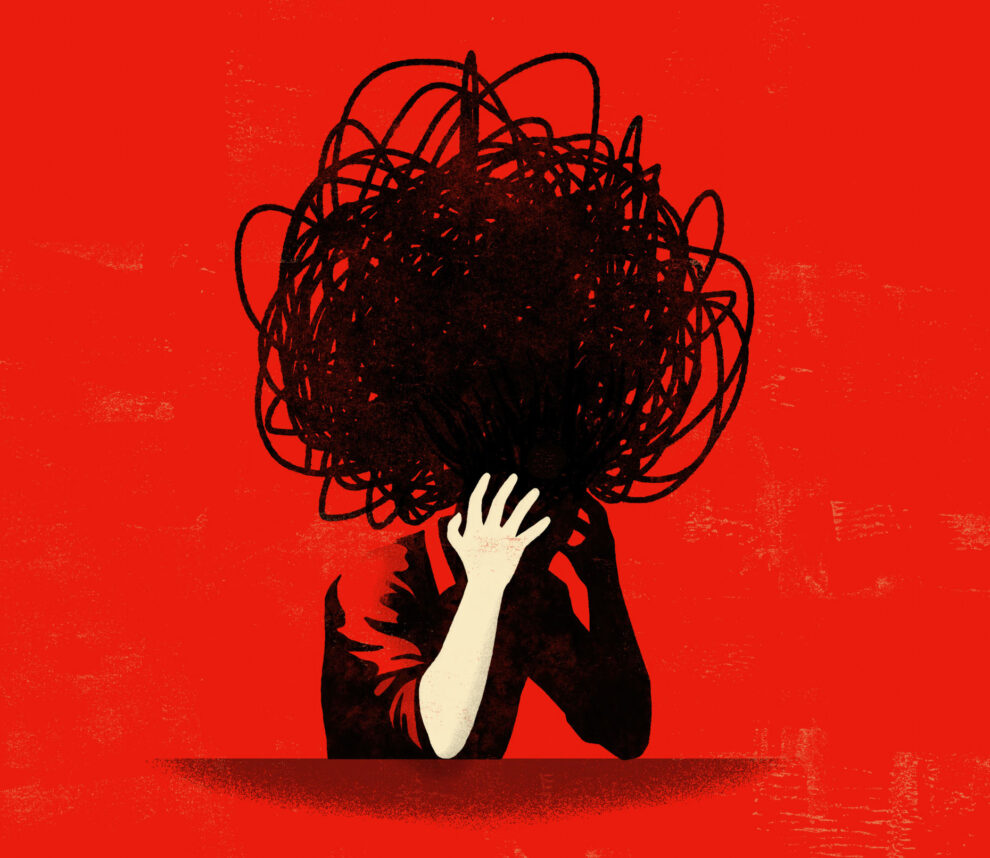“We conclude that in the field of public education the doctrine of ‘separate but equal’ has no place. Separate educational facilities are inherently unequal.”
To grasp the importance of this striking statement made in 1954 by a unanimous United States Supreme Court in Brown vs. Board of Education (see story on page 25), we must both look back and look forward. In 1896, in Plessy vs. Ferguson, the United States Supreme Court upheld a long-standing practice of segregation in public schools and sanctioned widely held racist assumptions by declaring that segregation was acceptable if the separate facilities provided for African Americans were equal to those provided for whites.
African Americans were not the only minority group affected by “whites only” policies. In 1925, a Chinese American girl fought for the right to attend a white school in Mississippi. The court in Rice vs. Gong Lum ruled she was not white but that she could choose to go to a colored public school or to a private school. In 1947, Mexican American students won the right to attend white schools in California in Westminster School District vs. Mendez, but even there the court noted that California law prohibited segregation … except for “Indians under certain conditions and children of Chinese, Japanese or Mongolian parentage.”
Looking back at the era preceding Brown vs. Board of Education, we have to appreciate that the court’s holding that education “is a right which must be available to all on equal terms” was a significant milestone, as was the unanimity of the decision. It was a landmark case that launched an unprecedented era of civil rights and school reform.
According to the U.S. Census Bureau, in 1954:
Sixty-nine percent of African American children ages 5 and 6 were enrolled in school (96 percent in 2002);
Twenty-four percent of African American adults ages 18 and 19 were enrolled in school (58 percent in 2002);
Fifteen percent of African American adults age 25 and older were at least high school graduates (79 percent in 2002);
Two percent of African American adults age 25 and older were college graduates (17 percent in 2002).
Looking back at these statistics, we can even conclude the decision was heroic.
However, we must also look forward. The news is not all good. The statistics for 2002 listed here suggest improvement but still tremendous disparity. Worse, some of the progress has receded. In 1954, not a single African American student attended a majority white public school in the American South. By 1988, after a generation of integration efforts, more than 43 percent of Southern African American students attended majority white schools. However, today, slightly more than 30 percent of African American students attend majority white schools, the lowest figure in 35 years. A new word has entered our vocabulary: resegregation, which studies show has been on the rise since 1991 for many white, African American, Latino, American Indian and Alaskan Native students.
According to a recent study from the Harvard University Civil Rights Project, white students are the most segregated group in the nation’s public schools. On average, they attend schools where 80 percent of the student body is white. Likewise, on average, African American and Latino students attend schools where more than 85 percent and 95 percent, respectively, of the student body are people of color.
The Los Angeles Unified School District provides a dramatic example. In 2003, only 9.4 percent of enrolled students were whites, while the vast majority, 71.9 percent, was Latino.
A related impact is segregation by economic status. According to the Southern Poverty Law Center, more than 80 percent of African American and Latino segregated schools are in high poverty areas, compared with 5 percent of segregated white schools.
Finally, if diversity of educators was a goal of integration, the news is decidedly bad. There are about 3 million teachers available to educate America’s nearly 50 million school children. Only 14 percent of educators are people of color, while children of color make up 40 percent of our school-age population.
In 1956, Dr. Martin Luther King Jr. said, “We must face the tragic fact that we are far from the promised land in the struggle for a desegregated society.” Regrettably, these words still apply today.
The online curriculum, “Looking Back … Reaching
Forward: Exploring the Promise of Brown vs. Board of Education 50 Years Later”
is at
Did you enjoy this article?
You'll love our roundtable.
Editor's Picks



What Ever Happened to the LA Times?

Who Are the Jews On Joe Biden’s Cabinet?


No Labels: The Group Fighting for the Political Center
Latest Articles

Chosen Links – April 15, 2024



How To Have A Peaceful Passover Seder

Why Antisemites Are So Miserable











 More news and opinions than at a Shabbat dinner, right in your inbox.
More news and opinions than at a Shabbat dinner, right in your inbox.